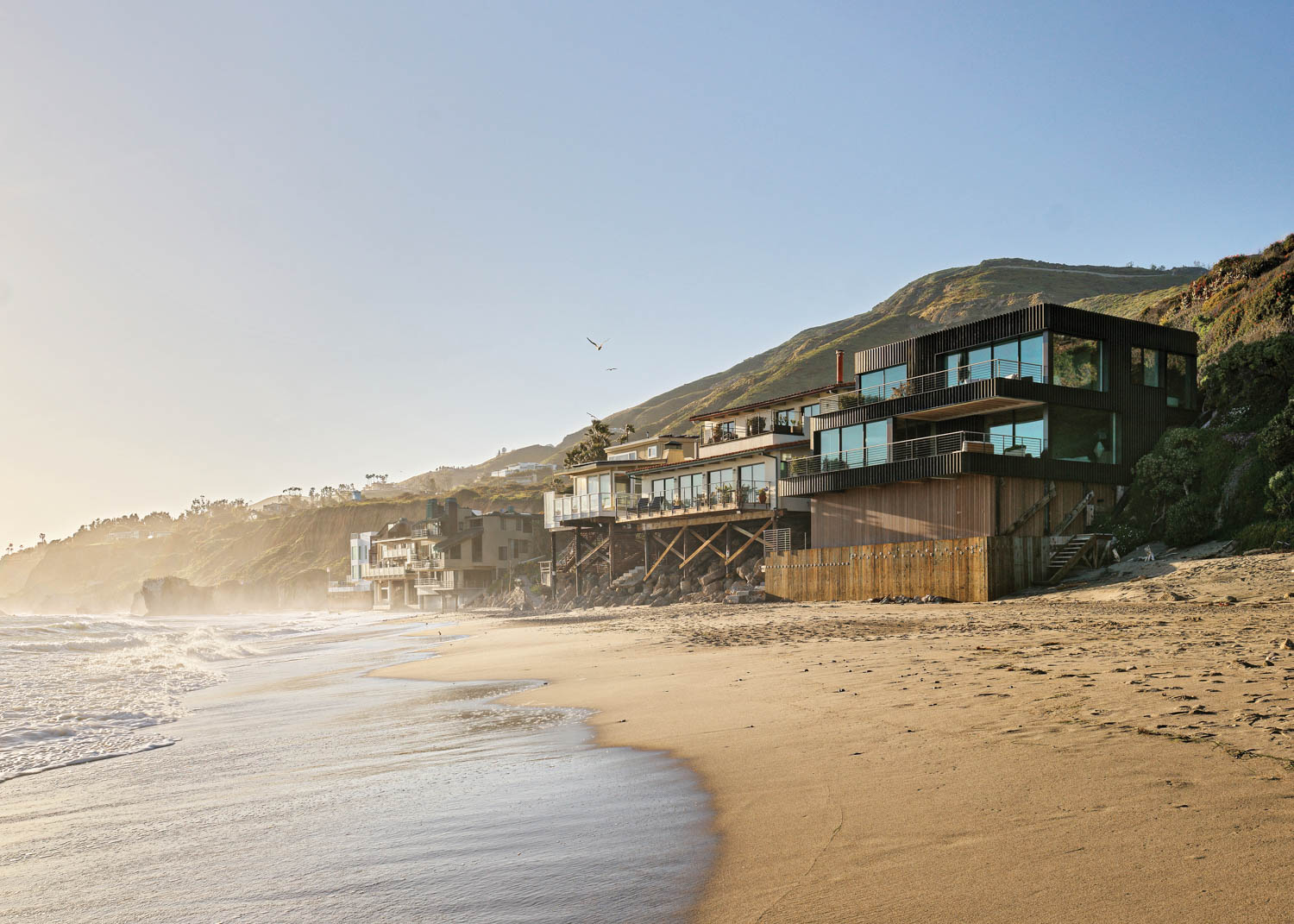Three Museums with Outstanding Retail Spaces
A postcard pit stop? No longer. These days, many museums are blurring the line between shop and exhibition space, and products on hand—often limited edition or collector’s items—are expected to stand out almost as artfully as pieces in the permanent collection. From a dramatic cave-like retreat, to a space which can be transformed on a whim, to a sun-splashed renovation, the museum shops here are paving the way towards a new retail experience for the museum-goer.
1. Museum shop: The Shop at The Broad, Los Angeles.
Design architect: Diller Scofidio + Renfro in collaboration with Gensler.
Executive architect: Gensler.
Size: 1,600 square feet.
Completed: 2015.
Standout: At The Broad, a new contemporary art museum designed by Diller Scofidio + Renfro in collaboration with Gensler as executive architect, a serpentine, freestanding shelving unit snakes over a concave, hand-applied Venetian plaster wall in a cavern-like retreat. Conceived more as installation than retail space, The Shop at the Broad offers two distinct shopping areas joined by polished concrete flooring. The shelving unit, rendered in polished metal, leads to the more secluded of the two without disturbing plaster walls—thanks to a clever anchoring system putting to use existing stanchions. “The polished metal is a reference to Pop Art materiality, in particular the reflective sculptures of artist Jeff Koons, an important artist in the museum’s collection,” notes Gensler design principal Philippe Paré. Products are illuminated by integrated LED lighting, also a solution to intentionally low light levels in the lobby. In the center of the space, free-standing display cases, also in polished metal, embrace the hard lines of simple, rectangular boxes finished with mirrored surfaces. “We knew we had to either emulate the building’s organic curves or contrast with them entirely. Ultimately, we opted for contrast,” Paré adds. Limited-edition Damien Hirst butterfly prints and Jean-Michel Basquiat skateboards, among the items on offer, inject color.
2. Museum shop: Tate Modern’s museum shop, London.
Architect: Herzog and de Meuron.
Interior design: UXUS.
Size: 5,000 square feet.
Completed: June 2016.
Standout: “Permanently temporary” is how UXUS principals Oliver Michell and George Gottl describe the new museum shop at the Tate Modern. Situated at the base of the museum’s pyramid-like extension by Herzog & de Meuron, which made its debut in June, it features custom stackable wood and steel furniture modules which transform on a whim. While keeping the design fresh, the reconfigurations can also meet the spatial demands of events such as book readings and talks. “This flexibility is an innovative way of looking at the traditional static museum stores of the past, and reflects the modern costumer’s need for continual newness,” explains principal Gottl. The wood integrated into these furniture modules is both natural and stained, to aid in wayfinding. Also with the clientele in mind, extra-wide walkways divide the concrete flooring and digital displays and interactive touch points both inform and inspire shoppers. Fixtures are black powder-coated steel and perforated steel—the latter, “where transparency is needed,” says Michell. In colorful contrast are brightly colored cubbyholes integrated into bookshelves to invite children to the young adult area.
3. Museum shop: The MoMA Design Store, Midtown, New York.
Designer: Lumsden Design.
Executive Architect: Gensler.
Size: 2,978 square feet.
Opening: September 2016.
Standout: Injecting natural light and openness drove the renovation of the MoMA Design Store in midtown, which will reopen this fall in its location across from the Museum of Modern Art. Among museum stores, it’s recognized for its curating process–every item for sale has been approved by museum curators. Therefore, the design team sketched out a plan focusing on greater showcasing abilities and flexibility. Seamless grey resin flooring and maple slating on walls will serve as a backdrop for custom display cases of maple and bead-blasted steel, glass and acrylic. “These systems will improve circulation in the store and increase the selection of curated products,” says Callum Lumsden, director of Lumsden Design. Among these products, and timed with the opening: a capsule collection from Alexis Bittar and Nudges and a new vase collection from Vitra designed by the Bouroullec Brothers.


